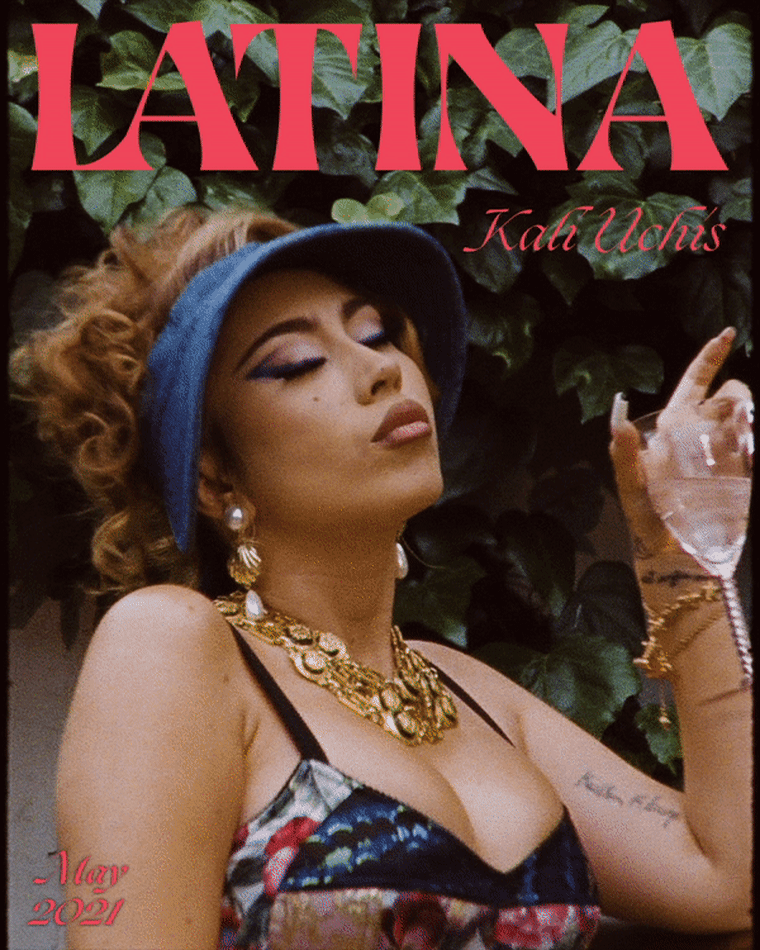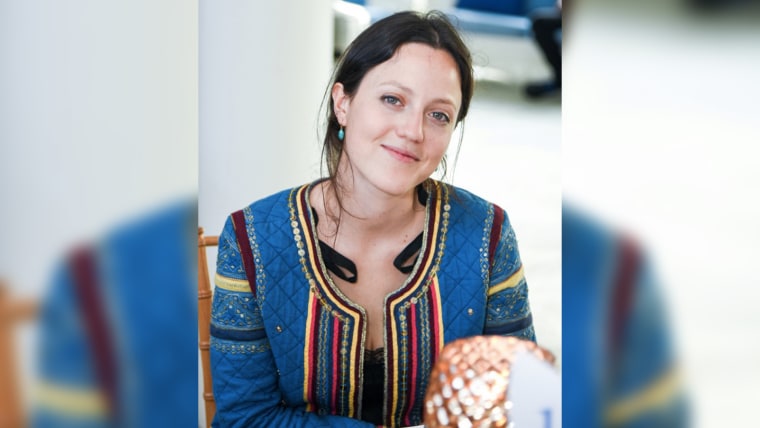Founded in 1996, Latina magazine quickly rose to become the authoritative voice for Hispanic women in the United States. In the two decades that followed, the publication was a staple on magazine stands and grocery stores. Then in 2018, Latina Media halted its print edition and ultimately went on a hiatus.
While the brand offered content through social media, the company Camila Legaspi, 25, in October 2020 as its Chief Content Officer to help re-launch the digital publication.

Born and raised in New York City, Legaspi — who is Mexican American — has reshaped the platform’s editorial direction by focusing on the distinct, unique cultures within the nation’s Latinx communities.
The brand’s youngest CCO recently spoke with Know Your Value during Hispanic Heritage Month to share how she will spotlight a new generation of diverse Latinx voices.
The conversation below has been edited for brevity and clarity:
KYV: Why revive Latina.com now and how have the platform’s editorial goals evolved?
Legaspi: A re-launch was always in the cards; it was just a matter of timing. The core team had always been active behind the scenes — assessing the best way to evolve the publication.
When the [2020 presidential] election was going on, there were constant conversations about how Latinos aren’t a monolith. In many ways, our re-launch was a response to this constant need to put Latinos in a box. We wanted to break down this box and build out our platform in a way that spoke to the diversity of thought, voices and cultures within the Latin community.
We also wanted to appeal to the expanding base of young Latinos – a new generation and one of the fastest growing demographics. In fact, in the last decade, the number of Latinos who identify as multiracial has increased from 3 million to 20 million. That being said, it means something different to be Latino today than it meant in 1996. We’re hoping to become a space for everyone, particularly those who have felt underrepresented in Latin content.
Stylistically, we’re shifting toward longer-form content and profiles as opposed to a lifestyle/tabloid magazine format. Our content will highlight up-and-coming individuals or people breaking barriers in their community, rather than just focusing on celebrities. Lastly, we’re emphasizing visual and video content more than ever before, including photo essays as a way of representing different cultures.
KYV: You lost your mother to breast cancer at the age of 16. How did that impact your outlook, access to opportunities and mental health?
Legaspi: Loss affects people differently and dealing with loss at such a crucial part of my youth forced me to grow up really quickly. It’s been difficult.
As the daughter of immigrant parents, I was already fiercely independent — I had to learn to do things on my own and pave my own way as a kid. I helped raise my younger two siblings while I was still in high school, juggling my own life as a 16 year old with theirs as middle-schoolers. You learn to be an adult at a really young age when you’re looking after other people.
Ultimately, my outlook on life changed. I stopped caring about people’s perception of me. I had already felt so different because of my culture. I was the only Mexican girl in my grade growing up. And now, this death set me apart from my peers. I had to endure a lot on my own, which only made me stronger. In a lot of ways, I feel like I woke up at 16.
As cheesy as it sounds, my mom always told me to do something that would make a difference. She knew the pressure that I put on myself and she always encouraged me to use my drive for something that really mattered.
The last thing I’ll add is that I was lucky enough to be at a school that prioritized the mental health of its students. I owe a lot of my resilience to the head of my high school, Michelle Krauthamer. Educators and teachers are heroes.
KYV: Despite the circumstances, you graduated from Princeton University. If you encountered any bias as a student, how did you navigate those experiences?
Legaspi: Fortunately, I didn’t experience any bias when it came to my Latin identity at Princeton. However, I definitely did when it came to being a woman. After being at an all-girls high school, I was shocked to see how certain males carried themselves and spoke to women. Over time, I developed a reputation for calling them out when they used certain words or derogatory phrases.
In high school I did experience bias, which just gave me really tough skin. I was called a “dirty Mexican” and told that I was only accepted to Princeton because of my ethnicity. I felt ashamed and hurt, but it also just made me stronger – and prouder of my heritage.
KYV: At 25, you’re the youngest Chief Content Officer in Latina’s history — born in the same year that the publication itself was founded. What’s at stake and how do you handle ageism in the industry?
Legaspi: I think there is a lot at stake for me and the publication. How do you honor a brand that is so iconic and that has been around for so long? The pressure sinks in when I think about the legacy of Latina and what I feel that I owe to the Latina audience.
A lot of people tell us that Latina was the first magazine that made them feel seen. On the other hand, a lot of people also tell us that Latina failed to represent them – and I think it’s on our team to change and create a platform that is much more diverse and accurately representative of the Latino community.
Regarding age bias, I get asked this question a lot. In a way, I actually think that my age works to my advantage. At 25, I am the same age as a large part of our audience. It goes a long way to be in similar shoes as the people you’re trying to attract.
KYV: What are your top tips to build confidence and resilience?
Legaspi: When it comes to work, my biggest piece of advice would be to embrace failure and to not take things personally. Failure is just a part of the process and learning from past mistakes can be hugely beneficial.
I probably got just one response for every 100 emails I sent when I started at Latina. There were many days when I wanted to give up, but you just have to keep pushing until people listen. Use your differences to your advantage. You know who you are.
